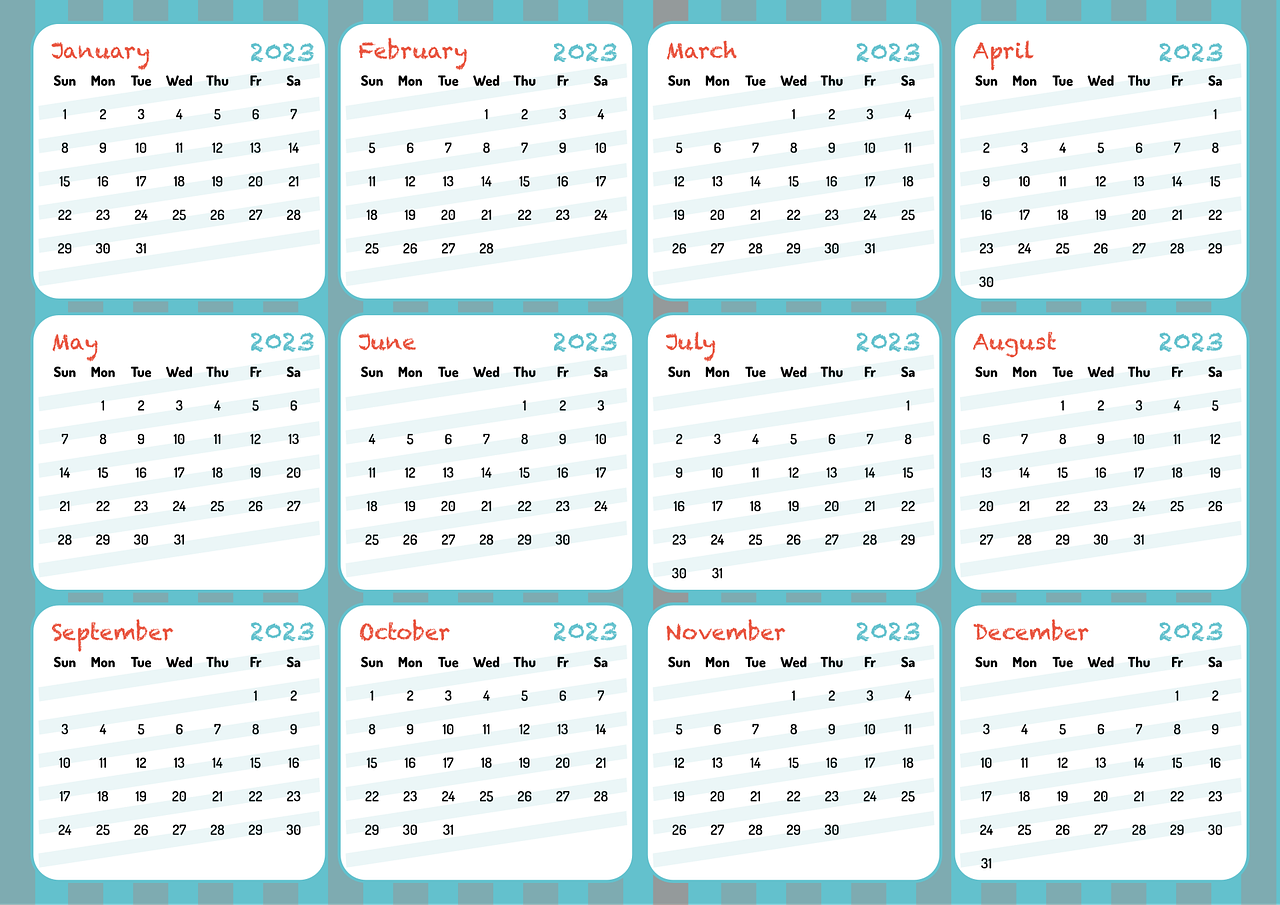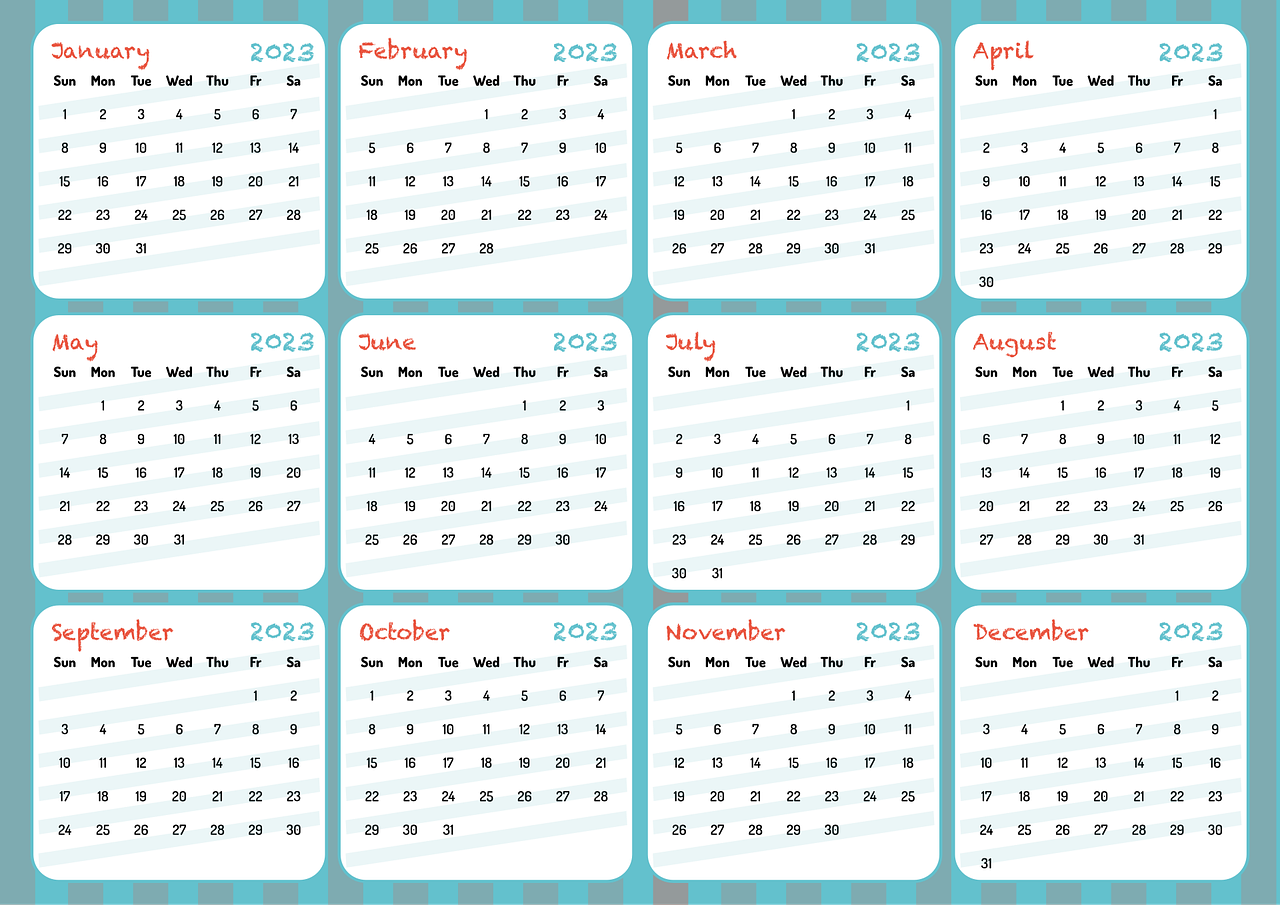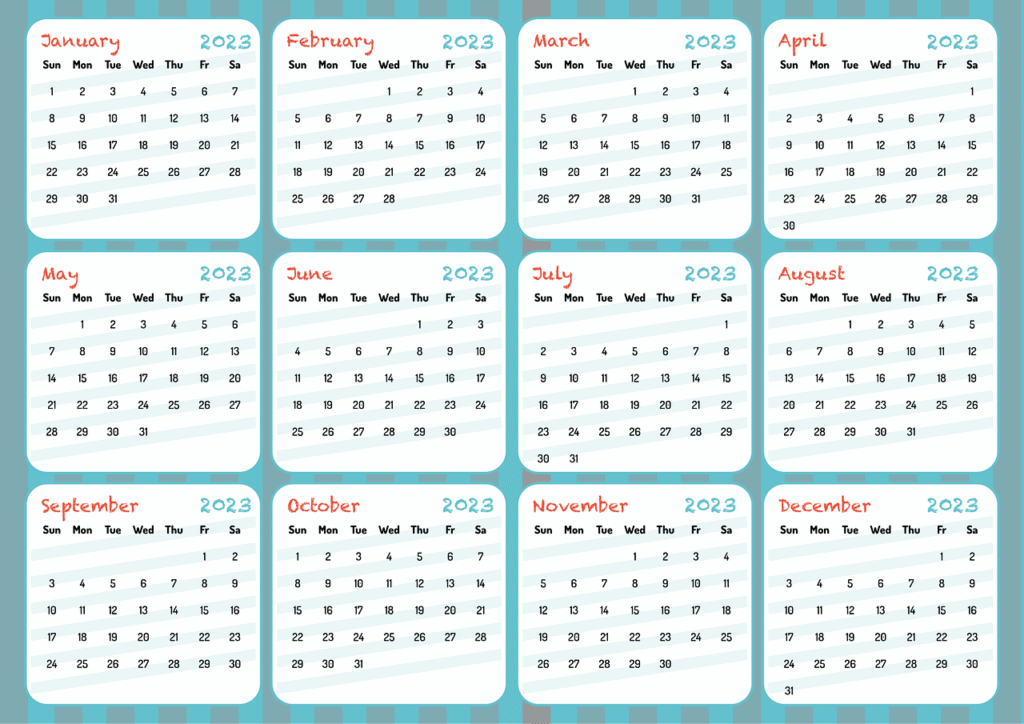How many Americans have no retirement savings? This is a pressing question that affects millions of people across the country. Understanding the gravity of the situation is more than just knowing the numbers; it involves acknowledging the impact of this savings deficit on individuals and society as a whole. As you navigate through life’s journey, preparing for retirement is a crucial step that can significantly influence your quality of life in the later years.

This image is property of pixabay.com.
The State of Retirement Savings in America
Lack of Preparedness Among Americans
You might wonder how prevalent the issue of insufficient retirement savings is. Recent studies and surveys indicate that a significant portion of the American population is alarmingly unprepared for retirement. According to data from the Federal Reserve, nearly a quarter of American adults have no retirement savings or pension. This statistic sheds light on a widespread issue that can have serious long-term consequences.
The Generational Divide
The issue of retirement savings is not evenly spread across different demographics. For instance, younger generations might postpone saving for retirement due to immediate financial pressures or the pursuit of paying off student loans. Conversely, many Baby Boomers, who should ideally be in the well-prepared phase for retirement, may have inadequate savings due to longer lifespans or economic changes over their lifetime. Understanding these generational differences is crucial in addressing the gaps in retirement readiness.
Causes Behind Inadequate Retirement Savings
Income Inequality and Economic Pressures
You may agree that the economic landscape directly impacts an individual’s ability to save. Income inequality remains a significant challenge, with many Americans living paycheck to paycheck. Additionally, the rising cost of living, healthcare, and housing can deplete savings intended for retirement. Furthermore, volatile job markets and occasional economic downturns can interrupt savings plans, forcing people to utilize their retirement funds prematurely.
Financial Literacy
Another factor contributing to insufficient retirement savings is the lack of adequate financial literacy. Many Americans may not fully understand the importance of starting retirement savings early or how compound interest works in their favor over time. Without the knowledge to plan strategically, these individuals might find themselves without a robust financial safety net as they age.

This image is property of pixabay.com.
The Repercussions of Having No Retirement Savings
Lifestyle Changes and Financial Dependency
If you find yourself nearing retirement without adequate savings, significant lifestyle adjustments may be necessary. This can include downsizing, relocating to areas with a lower cost of living, or even continuing to work well past traditional retirement age. Moreover, without personal savings, there’s an increasing dependency on Social Security, which may not be sufficient to cover all basic needs. This dependency can place additional financial strain on public resources and may not provide the quality of life one expects during retirement.
Health and Emotional Well-being
The impact of inadequate retirement savings isn’t just financial—it also affects your physical and mental health. The stress of financial insecurity can lead to anxiety and depression, while the inability to afford healthcare can exacerbate existing health conditions. Conversely, financial preparedness can provide peace of mind and contribute to a healthier, happier retirement.
Social and Economic Impacts on a Larger Scale
Burden on Social Security Systems
The lack of personal retirement savings places an increased burden on public systems like Social Security. If more individuals rely solely on these benefits, the system can become strained, potentially leading to cuts or adjustments that may not favor future retirees. This issue calls for a collective rethinking of how retirement systems function and how individuals can supplement them.
Implications for Future Generations
If you’re concerned about the larger implications, it’s important to consider how this issue affects generations to come. Future generations might face even greater challenges if systemic changes aren’t made to promote better saving habits and economic stability. Lack of advocacy for long-term savings could perpetuate a cycle where each subsequent generation is ill-prepared for retirement.

This image is property of pixabay.com.
Personal Strategies to Enhance Retirement Readiness
Start Early and Save Consistently
The earlier you begin saving for retirement, the better off you will be. This allows your savings to grow over time, thanks to the power of compound interest. Even small amounts saved consistently can lead to substantial savings over the decades. If you’re late to start, it’s never too late to begin. Aggressively saving and focusing on boosting your retirement account as much as possible can still make a significant difference.
Educate Yourself on Retirement Planning
Taking time to educate yourself on different retirement planning strategies can be incredibly beneficial. Resources are available through financial advisors, online courses, and community workshops. Understanding your options, such as IRAs, 401(k)s, and other retirement savings accounts, can enhance your ability to make informed, strategic decisions about your financial future.
Maximize Employer Contributions
If your employer offers a retirement plan with matching contributions, consider contributing at least enough to take full advantage of this benefit. Employer matching can be viewed as ‘free money’ that significantly boosts your retirement savings without affecting your take-home pay.
Policy Recommendations to Address Retirement Savings Deficits
Strengthening National Retirement Policies
Addressing the retirement savings gap requires national and local policy interventions. By implementing policies that encourage savings through tax incentives or providing more accessible retirement saving options, governments can help alleviate the burden on individuals. Additionally, advocating for financial education programs can equip future generations with the knowledge needed to make informed financial decisions.
Promoting Financial Education
Another potential solution is to enhance financial literacy programs nationwide. Schools, community centers, and workplaces can serve as venues for these programs, ensuring that individuals understand key concepts of saving, investing, and managing debt. Early education, aimed at young adults, can create a culture that values and understands the importance of long-term saving.

Conclusion
Understanding the impact of not having retirement savings is crucial for planning a secure future. By exploring the causes, impacts, and potential solutions, you can better prepare yourself and contribute to broader societal discussions around this essential issue. While many factors contribute to the retirement savings gap, recognizing the significance of these challenges is the first step towards meaningful change. Your future self will likely thank you for taking the time to plan and save for the days when work becomes optional, not a necessity.
By viewing your retirement savings journey as a vital component of your overall financial well-being, you empower yourself to make informed decisions that protect and enhance your quality of life. Addressing this issue collectively can ensure healthier, more financially secure retirements for all, and create a future where peace of mind in retirement is within everyone’s reach.









































































